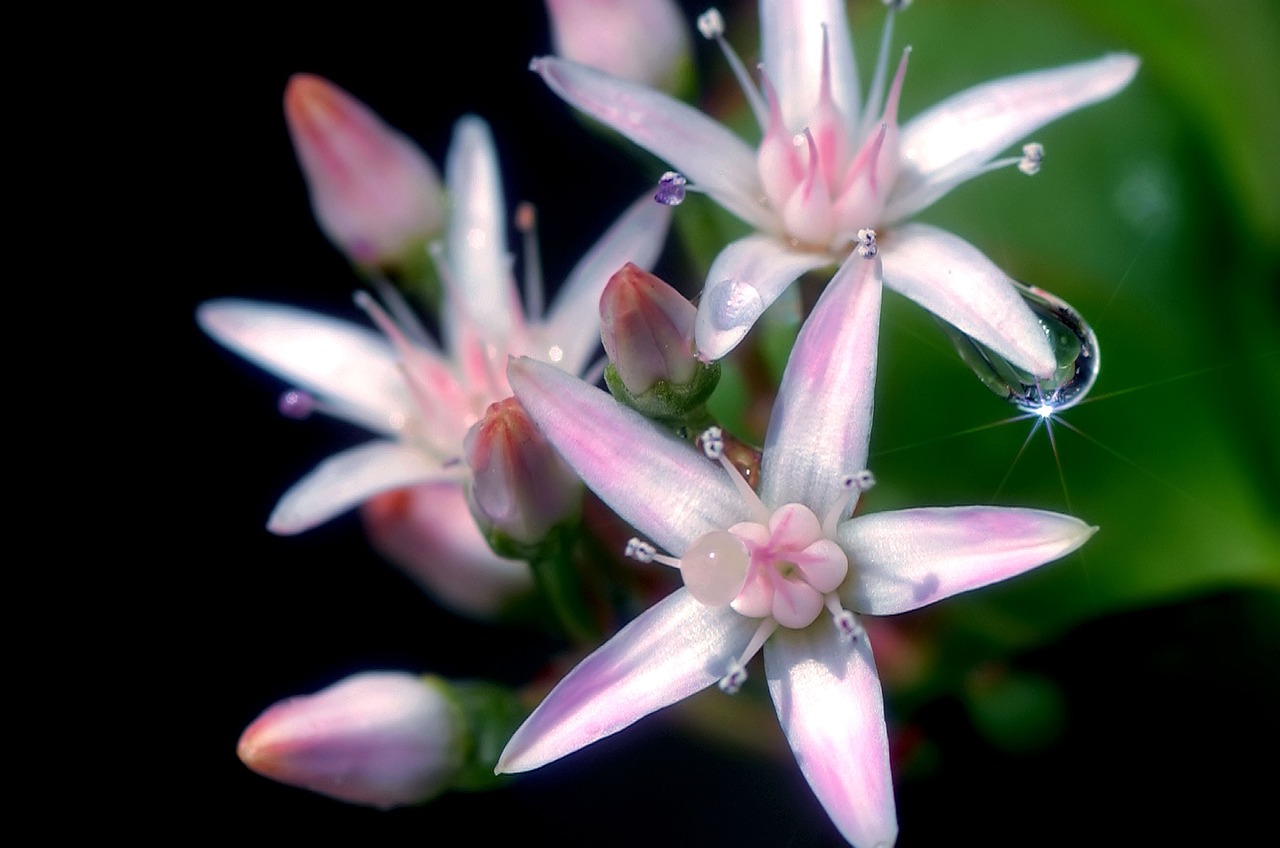Chinese Mythology
-

Chinese jade represents any carved-jade artifacts created in China, tracing back to the Neolithic period (around 3000–2000 BCE) and continuing through history. The Chinese have always held jade in high esteem, associating it with purity and eternal strength. The Significance of Jade In Chinese art and culture, jade holds a unique status, revered even more…
-

The Legacy and Craftsmanship of Chinese Jade Chinese jade refers to any carved jade artifacts created in China from the Neolithic Period (circa 3000–2000 BCE) onwards. Throughout history, the Chinese have held carved jade in high esteem, viewing it not only as valuable but also as a symbol of purity and resilience. The Significance of…
-

The tale of Chang’e, the revered Moon Goddess, is a cherished narrative within Chinese myths and traditions. This captivating story has been transmitted across generations, enchanting audiences globally. The legend not only sheds light on the origins of the Mid-Autumn Festival but also conveys profound themes of love, loss, and celestial existence. The Story Unfolds…
-

Chinese jade has been cherished since the Neolithic Period (circa 3000–2000 BCE), symbolizing purity and resilience in Chinese culture. Carved jade objects are not just valued for their beauty but are deeply rooted in moral significance. The Significance of Jade In Chinese artistic heritage, jade holds a status akin to gold in Western contexts, albeit…
-
Understanding Nezha in Chinese Mythology Nezha (哪吒) stands as a youthful deity hailed in Chinese folk religion, embodying attributes of innocence and exuberance. Revered as a god of family devotion and children, his many titles include “Marshal of the Central Altar” (中壇元帥; zung1 taan4 jyun4 seoi3), “Prince Nezha” (哪吒太子; naa5 zaa1 taai3 zi2), and “Third…
-
Transformations of Nezha in Chinese Animated Cinema: A Comparative Analysis from 1979 to 2019 Introduction Scholar Macdonald (2016) highlights the flourishing realm of China studies within animated film, indicating a shift from traditional Sinology, which primarily examines premodern topics. Chinese animated films bring a unique perspective to discussions surrounding national identity and cultural influence on…
-
Understanding Nezha: The Warrior Child in Chinese Mythology Nezha (哪吒) is a significant figure within Chinese folk religion, symbolizing youth and revered as a deity associated with filial piety and children. His numerous titles include “Marshal of the Central Altar” (中壇元帥; zung1 taan4 jyun4 seoi3), “Prince Nezha” (哪吒太子; naa5 zaa1 taai3 zi2), and “Third Lotus…
-
Nezha: The Patron Deity of Youth in Chinese Mythology Overview In the realm of Chinese mythology, Nezha (哪吒) emerges as an extraordinary teenage deity, revered as the guardian of the youth. His remarkable birth story begins with a gestation period lasting three years and six months, during which he developed exceptional strength and the ability…
-
Nezha: The Youthful Deity in Chinese Mythology Nezha (哪吒), revered in Chinese folk religion, embodies youth and is notably recognized as the god of filial piety and children. He carries several titles, including “Marshal of the Central Altar” (中壇元帥), “Prince Nezha” (哪吒太子), and “Third Lotus Prince” (蓮花三太子). His image, often portrayed as a child wielding…
-
Overview Nezha (哪吒) holds a significant place in Chinese mythology as a youthful deity revered as the protector of younger generations. His extraordinary narrative begins with an unusual gestation period, resulting in his birth imbued with remarkable strength and the ability to articulate his thoughts. The inspiration for Nezha’s character can be traced back to…


